Universal Design for Learning (UDL) Lesson Planning Guide
Step 1 – Define the Lesson Goal
Key questions to consider:
- What will students know, do, and care about in this lesson?
- What is the primary goal, and how does it support learning?
- Have I separated the primary goal from other parts of the lesson?
Prompts for lesson planning:
- Is my goal clear and specific?
- Have I ensured the goal supports a range of students’ interest, effort, and self-regulation?
Step 2 – UDL Variables
Engagement – Supporting student interest and motivation
- Provide choice to capture student interest.
- Offer collaborative learning options to sustain effort.
- Incorporate self or group reflection to support self-regulation.
Reflection questions:
- What are the expected barriers to student engagement?
- What one or two design strategies can be included to increase engagement?
Representation – Making content more accessible
- Present information in multiple ways (visuals, text, audio).
- Clarify vocabulary and provide scaffolding for language.
- Activate background knowledge to improve comprehension.
Reflection questions:
- What are the expected barriers to student comprehension?
- What one or two design strategies can be included to support diverse learners?
Action & Expression – Supporting students in demonstrating what they know
- Use different tools for physical action (e.g., speech-to-text, manipulatives).
- Allow for multiple media for expression (e.g., presentations, drawings, videos).
- Guide students in goal-setting to support executive function.
Reflection questions:
- What are the expected barriers to student action and expression?
- What one or two design strategies can be included to increase accessibility?
Step 3 – Implement the Lesson and Reflect
Key questions to ask during instruction:
- Are students using the available options, resources, and tools effectively?
- Where are students getting stuck, and what adjustments can I make?
- Is the lesson staying focused on the intended goal?
Post-lesson reflection questions:
- Did all students progress toward the goal? How do I know?
- How did my design reduce barriers?
- What adjustments should I make for the next lesson?
📌 Tip: Document changes and iterate on lesson design based on student responses.
Additional Resources:
- CAST UDL Guidelines: http://udlguidelines.cast.org/
- UDL Engagement Strategies: http://udlguidelines.cast.org/engagement
- UDL Representation Strategies: http://udlguidelines.cast.org/representation
- UDL Action & Expression Strategies: http://udlguidelines.cast.org/action-expression
